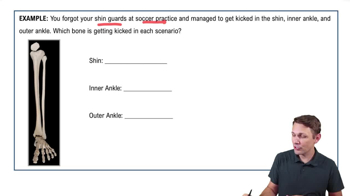Here are the essential concepts you must grasp in order to answer the question correctly.
Renal Colic
Renal colic is a type of pain caused by the obstruction of the urinary tract, often due to kidney stones. The pain typically originates in the flank area and can radiate to the groin, as seen in Patty's case. It is characterized by its intermittent nature, often coming in waves, which aligns with the description of her pain occurring at intervals.
Recommended video:
Overview of Renal Physiology
Risk Factors for Kidney Stones
Several factors can increase the likelihood of developing kidney stones, including dehydration, high dietary intake of oxalates, and certain medical conditions like hyperparathyroidism. Age, gender, and family history also play significant roles. Understanding these risk factors is crucial for diagnosing and preventing future occurrences of renal colic.
Recommended video:
Pain Assessment and Management
Effective pain assessment is essential in diagnosing conditions like renal colic. Healthcare providers often use pain scales to evaluate the severity and nature of the pain. Management may include medications for pain relief and addressing the underlying cause, such as the removal of kidney stones, to alleviate symptoms and prevent recurrence.
Recommended video:
Bone of the Lower Limb Example 1




